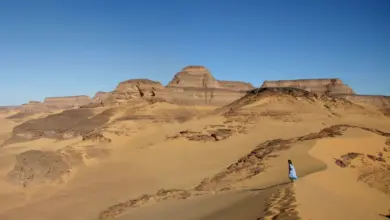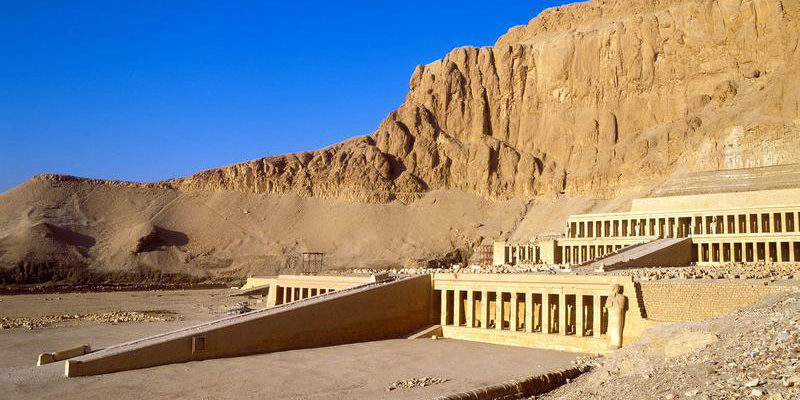The ancient Egyptians performed transfiguration spells to breathe life into corpses, while the Opening of the Mouth ceremony allowed the deceased’s body to breathe, but today their great tombs deteriorate with each breath of every visitor.
The problem is moisture and humidity—something even the ancients worked to prevent. Egyptian archeologists recently discovered special internal channels cut into the Valley of the Kings to collect water and direct it away from the tombs.
"Three thousand five hundred years ago the Egyptians took good care of their own tombs," said Mustafa Waziry, the manager of the West Bank for the Supreme Council of Antiquities (SCA).
Now new technology to combat the destructive effects of humidity is allowing the SCA to reopen tombs long sealed for their protection. Most recently the tomb of Horemheb, last pharaoh of the 18th dynasty, reopened after a four-year closure due to dangerous humidity levels.
Tombs in the Valley of the Kings receive an average of 5,000 visitors per day, Waziry said. The moisture and carbon dioxide (CO2) from their breath slowly destroys the walls of tombs and disintegrates the paintings.
"To keep the color for thousands of years, you need dry weather," Waziry said.
Horemheb’s tomb was a particular problem, until new German-made dehumidifiers were installed. Waziry told Al Masry Al Youm that previously, the humidity inside the tomb reached up to about 75 percent, compared to 41 percent outside. Now the tomb is more or less on par with the rest of the valley.
"Horemheb was the most difficult tomb in terms of humidity and CO2," Waziry said. "I remember a couple of years ago when we opened the tomb just for 48 hours, we noticed the humidity was getting really high. So that’s why after two days we closed the tomb."
Horemheb’s tomb, which was noted for its beautiful painting when first discovered in 1908, is now 14th tomb open to the public in the Valley of the Kings. The SCA plans to install more machines in all the other tombs, eventually in the Valley of the Queens and some in the tombs of the nobles as well.
Waziry said protecting the tombs from the elements is a continuation of the Pharoahs’ original intent.
"That’s why the ancient Egyptians and Pharaohs chose this area, the Valley of the Kings, to cut their tombs in the belly of the mountain," he said. "They meant to make their tombs completely shut away from visitors, from the air and CO2, from the humidity."




